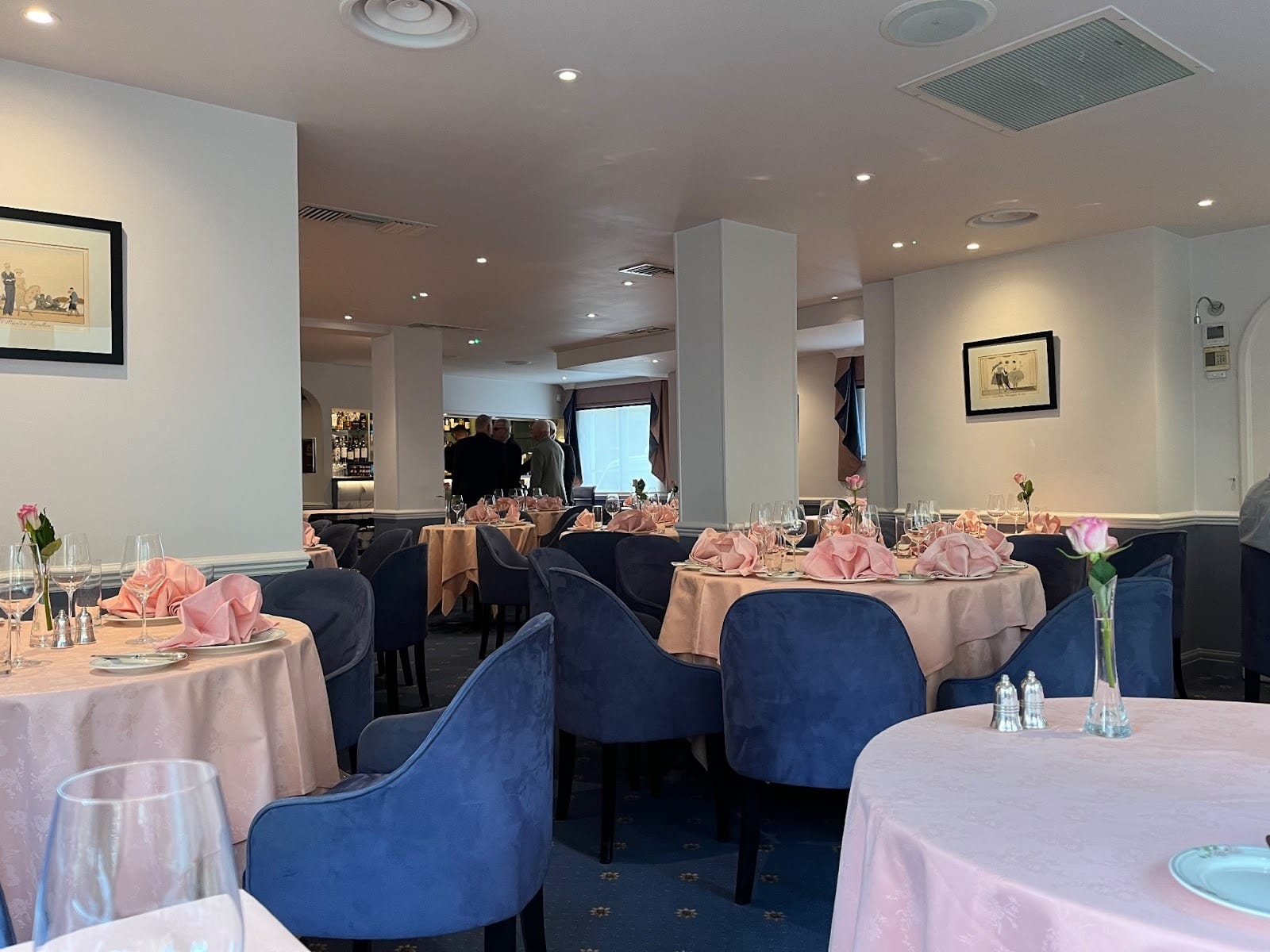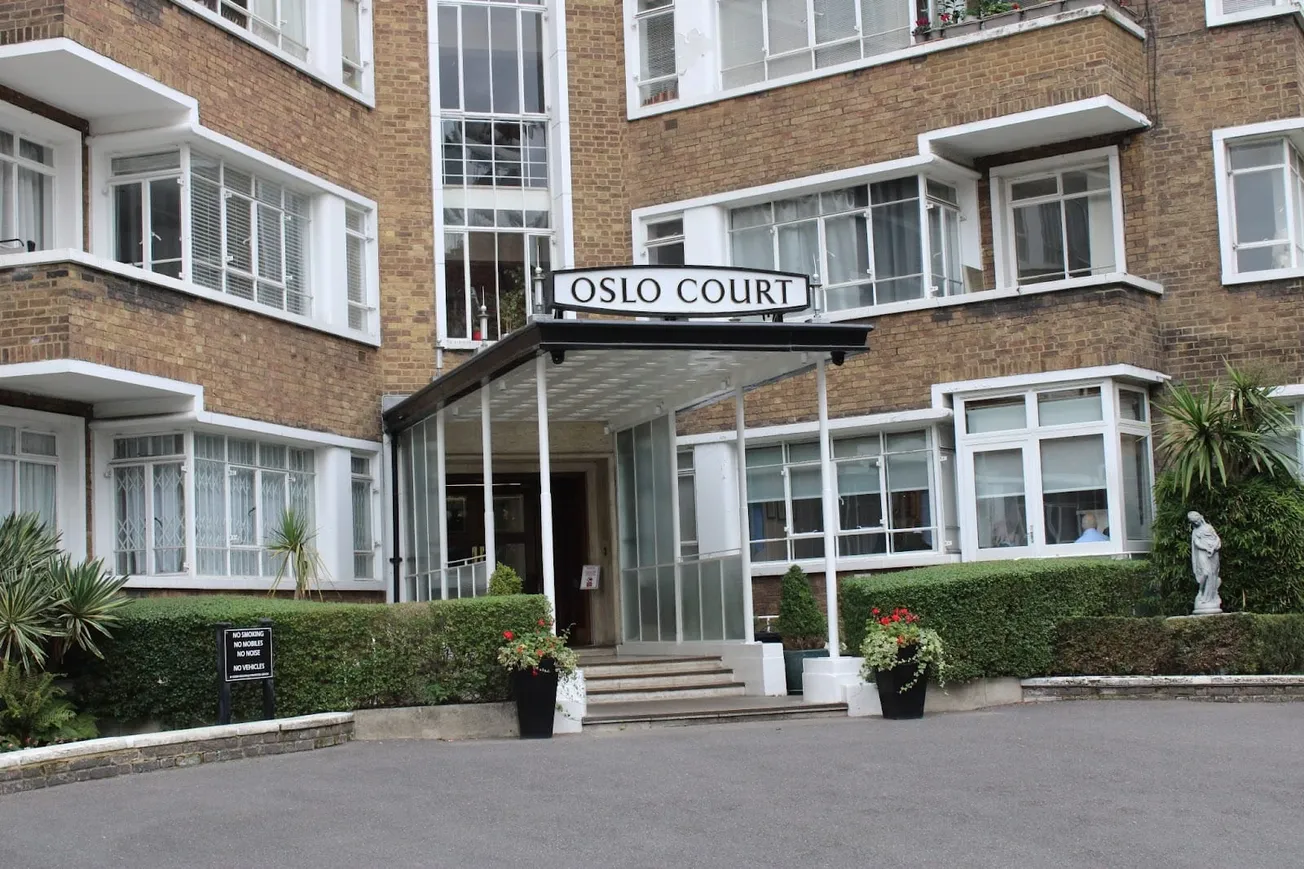Happy Saturday to our lovely readers. Having a good weekend so far? Here's one way you could make ours even better: by becoming a paying supporter of The Londoner. Researching and reporting stories like the one you're about to dive into takes a large amount of time and resources, and we aren't backed by billionaires or private equity firms (as much as that might make things easier, we're fiercely devoted to our independence and integrity). That means it's only through reader subscriptions, from people exactly like you, that we can continue to exist.
That's why we set ourselves the rather ambitious target of reaching 1,000 subscribers by the end of October, our one year anniversary. After a tidal wave of support from you all since we set the lofty goal last week, we're now just a few dozen members away, but we need your help to get over the line. If you think London deserves quality coverage — if you think you deserve quality coverage — consider backing us for just £4.95 a month for the first three months. Becoming a supporter gives you access to all of the members-only content in our archive, as well as putting you at the vanguard of a media revolution. Let's do this together.
Hello and welcome to The Londoner, a brand-new magazine all about the capital. Sign up to our mailing list to get two completely free editions every week: a Monday briefing, full of everything you need to know about that’s going on in the city; and a high-quality, in-depth weekend long-read.
No ads, no gimmicks: just click the button below and get our unique brand of local journalism straight to your inbox.
The first sign that I’m travelling back in time is that there’s nowhere to park my Lime bike. Scrambling to make it to my lunch reservation at Oslo Court in St John’s Wood, I eventually manage to rid myself of the cursed vehicle several hundred metres up the road, as a motorcade of black SUVs carrying Keir Starmer goes screaming past.
But the pleasantly autumnal walk back along Regent’s Park gives me time to ponder what I’m about to experience. The legendary French restaurant has no discernible signage and is based in the ground floor of an art-deco style residential block. Its recently deceased owner, Antonio Sanchez, once boasted that it takes “no passing trade”, whereas the menu, flamingo pink interior and waistcoated silver service are all practically unchanged since the 1970s. Dessert still arrives via trolleys, stacked high to the ceiling with crème caramels and profiteroles.
You could be forgiven for assuming such a venue might be quiet at 12.30pm on a Thursday. But the London restaurant scene is harking back to heartier times. After the oppressive reign of tweezery small plates and hispi cabbage, critics are hailing the return of traditional, old-school-style restaurants — a beige new-old world ushered in by fashionable venues like Tollington’s Fish Bar, the Devonshire and the Yellow Bittern. As I arrive outside the venue, I begin to wonder. Is Oslo Court still the past? Or is it the future?
David, the front of house, welcomes me inside and kindly agrees to sit and chat. Tall, with a relaxed demeanour and closely cropped brown hair, the La Coruña native has worked on the service side of the business for 17 years — ever since he first got together with one of Antonio’s daughters, Masiel.
“We are getting more young clientele recently,” he says, pondering my question before clarifying: “I mean young as in forties.” My fellow diners are on the older side — one of the two suited octogenarians on the table beside me gleefully announces “we’re spending our pensions before Rachel Reeves gets them!” before recommending that I order “everything” — but I do spot a few millennials dotted around, a group which David is starting to see show more interest.

“I guess traditional is something new for the younger generation,” he says, with old-fashioned venues slowly creeping back into vogue. There are the inevitable TikToks of Gen Z discovering Oslo Court. But watching David interact with the clientele, it’s not hard to see how this venue has managed to sustain itself without them. He’s loving, placing a hand on the shoulder of regular clients as he appears to remember them by name. “Keep going…” he teases the other gentleman on the nearby table, encouraging him to guess the wine he’s picked out for him.
It’s this kind of familial service which gave the place its reputation back in the 1980s. Antonio and his brother José had come over to London from Galicia to escape conscription into Francisco Franco’s fascist military. Tony had trained as a chef already in Geneva, and, on arriving in London, found the capital lacking in quality French restaurants. They opened in 1982 with a £7.50 Sunday roast special, and quickly built up a loyal following among the local Jewish community. Central to the attraction was Neil Heshmat, a wonderfully flamboyant dessert waiter who had worked in the venue since 1976, who in 2021 was recognised by a customer reviews website as Britain’s most-loved waiter. Now in his mid-70s, Neil — who is half Egyptian, half Russian, and from Bognor Regis — still does the occasional shift, but sadly isn’t there on the day I visit.
The thick leather menus used to arrive without prices for women, but David says that they ended this practice after Covid. The lunchtime set-up is £50 for a three-course meal, in which you can choose from an overwhelming array of classic dishes like Steak Diane, Dover Sole Veronique, Prawn Cocktail and Calves’ Liver.
I opt for the Crab “à la Rochelle” to start, which I can only presume is how a woman called Rochelle used to like her crab: mixed with mushroom and encased in thin puff pastry. Because I am lunching on The Londoner, you understand, I order several oysters to go along with it, a glass of Picpoul, and a medium-rare beef wellington for main. It’s all very nice — the oysters especially — but the real thing to emphasise here is the quantity. The beef wellington arrives with such vast portions of potatoes, latke, cauliflower cheese and fried courgettes that any attempt to discern the quality swiftly becomes challenging.
Enjoying this edition? You can get two totally free editions of The Londoner every week by signing up to our regular mailing list. Just click the button below. No cost. Just old school local journalism.
My neighbours order the foie gras, lamb chops and the monkfish, which they swoon over as it arrives. “Oh it’s marvellous,” one of the men informs his wife. The food is delivered by an attentive cadre of dinner-jacketed waiters, who glide over the thick blue carpets with the peppiness of gameshow hosts. It feels like a sensational place in which to turn 80.
When I ask the group later how the place has managed to stay open all these years, what they’re really keen to emphasise is the ambience. “It’s just, it’s just…” starts one of the women, who’s wearing a blue and white chequered jacket, as she searches for the words. “It’s just the pinkness of it all,” she beams eventually, gesturing at the blossom-coloured walls and salmon tablecloths as she places down her champagne. “It’s the service,” adds one of the men, informing me that they’ve travelled “from darkest Surrey” because the warmth with which they’re greeted is “totally unique”.

It’s this easiness which seems to set Oslo Court apart from the authentocrat restaurants of the London food scene in 2025. Places like Café Cecilia and Tollington Fish Bar produce delicious food, but the authenticity they serve up feels self-consciously stylised by comparison. There is a certain anxiety to courting the Guinness G-splitters of this city, of attempting to woo them with only the more palatable design choices of the mid-20th century. If Oslo Court is the pink, carpeted heart of London’s traditional food scene, then it is so because it isn’t performative, because it has confidently stayed unchanged over the last half-century while doing the simple things so well.
But when I ask David about how Oslo Court is adapting to life without some of its most legendary characters, he admits there are some changes. Few wait staff these days are interested in being trained in the silver service, he says. And “once they learn they want to go on and try somewhere else,” he says, making it harder to create the familial atmosphere the place is lauded for.
Sorry to interrupt — we promise we'll be quick. We just wanted to take you on a quick behind-the-scenes of what we do. Most of our pieces, like the one you're now reading, are written using old-fashioned, boots-on-the-ground journalism. We go to places, meet people, rustle up original stories that haven't been covered elsewhere to take you into weird, heartfelt or sordid corners of the capital. But this sort of in-depth journalism doesn't come cheap. That's why a lot of media companies have given up on it, instead churning out clickbait articles that have little connection to London or those who live here. But we believe people are still willing to pay for deep-dive, properly reported work.
Already, almost 950 of you have signed up as paying members to prove us right. But now we have a big target: 1,000 members. We've made it easy too: with our summer discount, a Londoner membership is just £1.25 a week. That's less than a daily coffee.
We aren't funded by billionaire oligarchs or huge companies. And that means we need the people of London and beyond. If you like what we're doing, please consider supporting us.
The family structure provides another challenge. He and Maria, one of Antonio’s daughters, are in charge of the service, whereas the descendants of José — Antonio’s brother — are now mostly in charge of the kitchen. “It’s tricky,” he reflects, because “you go from two brothers to two brothers’ families, and I’m an outsider.” He glances back towards the dining room, as guests start filling up the room. How are they managing? “We find a way,” he says knowingly, pausing as he smiles to himself: “... through arguments.”
It may be a while yet before the steel-brushed restaurants of E8 pile themselves in patterned carpets and begin offering grilled grapefruit with a cherry on top, though surely it’s coming. But as I stumble, mole-like, out into the harsh glinting light of the 21st century, I find myself thinking: would that really be so bad? I am extremely full and slightly wine-drunk. And suddenly a 15-minute walk to the nearest transportation doesn’t seem so bad.
If you enjoyed Peter's piece and want to get sent long-form reads on rarely-seen corners of the city, why not join up as a Londoner member today? This means you'll get weekend long reads like our piece on the strange death of east London's radical bookshop and Monday briefings like our exclusive on the south London Turkish restaurant given a £2.5m fine by the council for a misplaced vent delivered straight to your inbox.
No ads, no gimmicks: just click the button below and get two high-quality pieces of local journalism each week, all for free.
If you’d like to sponsor editions of The Londoner and reach over 20,000 readers, you can get in touch or visit our advertising page below

Comments
How to comment:
If you are already a member,
click here to sign in
and leave a comment.
If you aren't a member,
sign up here
to be able to leave a comment.
To add your photo, click here to create a profile on Gravatar.







